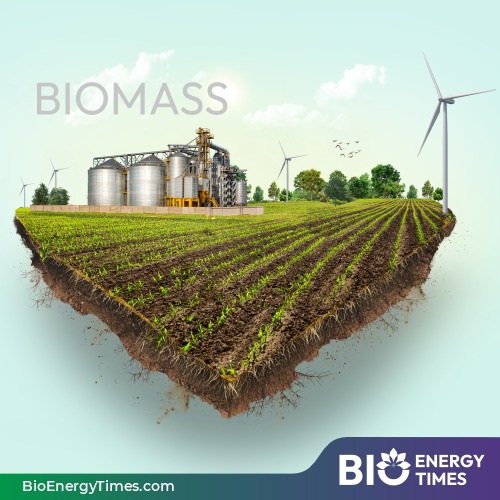The European Space Agency’s (ESA) Biomass satellite has successfully completed a key milestone with the full deployment of its 12-metre-wide mesh antenna reflector. This marks the final critical step in the satellite’s launch and early operations phase, following liftoff, orbital injection, signal acquisition, and initial in-orbit checks, reports satnews.
Before the large antenna could be unfolded, the satellite’s 7.5-metre-long boom had to be carefully extended in three separate stages, each lasting around five minutes and carried out over three days. These deployments were timed to align with satellite passes over specific ground stations, ensuring the best possible communication coverage.
“The boom deployment was completed in three carefully timed stages,” said Stefan Kiryenko, who led development of the antenna reflector. “Once fully extended, the reflector was released and unfolded like an umbrella above the satellite.”
Photos captured by an onboard camera—provided by Swiss firm MCSE—offered a rare view of the deployment process in space.
Michael Fehringer, ESA’s Biomass Project Manager, explained how the team had to temporarily disable the satellite’s attitude and orbit control system to prevent any unwanted motion during the deployment. “We then fired pyrotechnic devices to release the belt securing the antenna. The actual deployment happened while ground stations in Canada, Norway, and Sweden handed over coverage to each other during a 24-minute window.”
Because the procedure took longer than a single satellite pass, the team had to wait for the next one to confirm the antenna had fully deployed—and it had.
Fehringer thanked the international partners involved: “This milestone couldn’t have been reached without the dedicated work of L3H, our antenna supplier, Airbus, the mission’s prime contractor, and ESA’s own teams.”
Biomass is the first satellite to carry a P-band synthetic aperture radar into space. The mission aims to provide never-before-seen data on Earth’s forests and their role in the carbon cycle. The large antenna is essential to this effort, sending radar signals to the planet’s surface and receiving the data that reveals forest structure and carbon content.
ESA’s Director of Earth Observation Programmes, Simonetta Cheli, celebrated the achievement: “Seeing Biomass deploy this remarkable antenna is a proud moment for European science and technology. This milestone brings us one step closer to delivering essential data on global forest carbon stocks and changes—vital for climate science and policy.”
With the antenna now deployed, mission control expects to complete the launch and early orbit phase by the end of the week. The satellite will then enter a six-month commissioning phase before it begins full scientific operations.
















